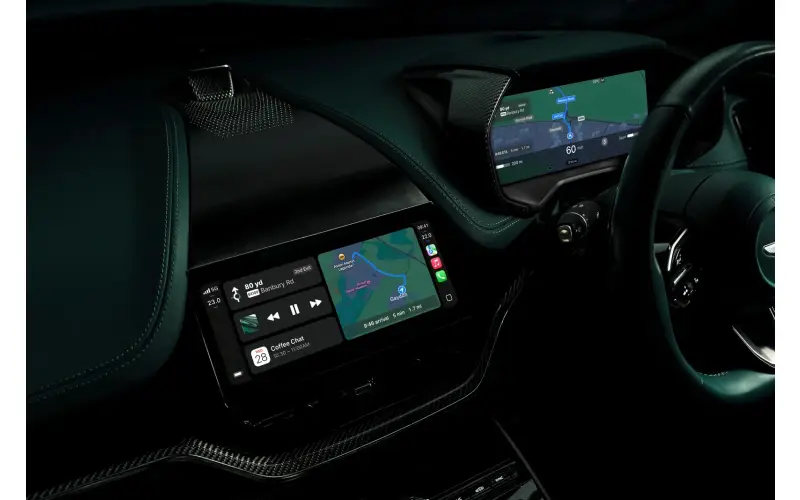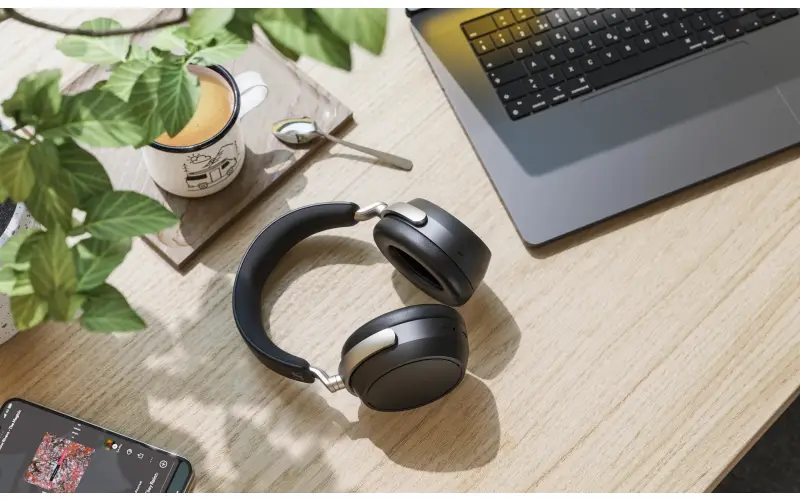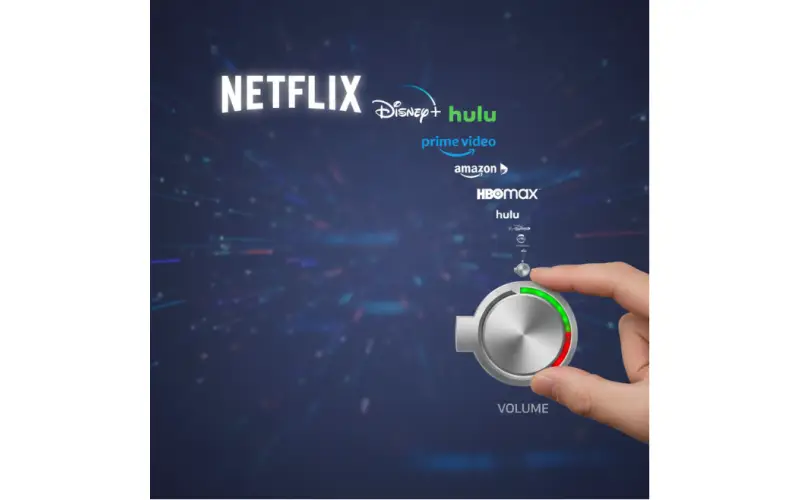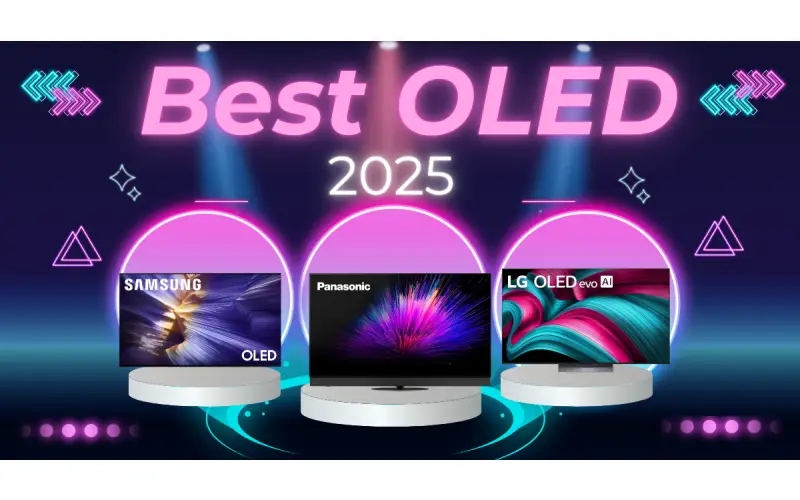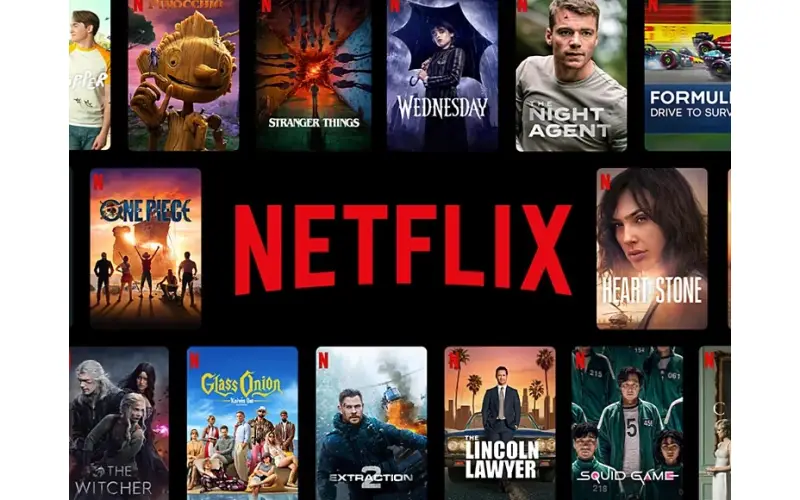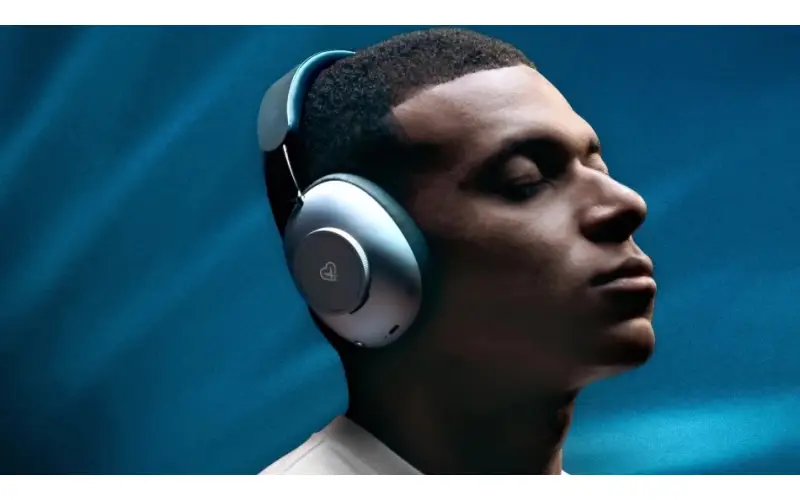By: Dipin Sehdev
After nearly three years of silence, speculation, and delay, Apple’s next-generation in-car software experience—once just known as “the future of CarPlay”—has finally arrived. Its official name? CarPlay Ultra. And while the tech giant has yet to roll out the update across a wide swath of the auto industry, the starting grid is clear: Aston Martin will be the first marque to ship vehicles with CarPlay Ultra pre-installed. Starting today, new cars ordered in the US and Canada will ship with the new Apple-powered dashboard experience as standard.
This isn’t just an incremental update. Apple is pitching CarPlay Ultra as a fundamental reimagining of how drivers interact with their vehicles. It represents Apple’s most ambitious attempt yet to take over the in-car interface—moving beyond infotainment into core driving functions like instrument clusters, HVAC controls, and even vehicle diagnostics. But while the debut is exciting for Apple enthusiasts and luxury car buyers alike, it also raises serious questions about the road ahead for CarPlay Ultra—especially as Google races to get its own AI-powered driving assistant, Gemini, into vehicles across the world.
Let’s take a deep dive into what CarPlay Ultra is, what it promises, why it’s taken so long, and what it signals about the future of the connected car.
From Concept to Car: A Three-Year Journey
When Apple first teased its grand vision for the future of CarPlay at WWDC 2022, it seemed like a landmark moment in the evolution of in-car tech. At the time, Apple executives showed off a sprawling, multi-screen CarPlay interface that would deeply integrate with a vehicle’s native systems—spanning everything from the speedometer and climate controls to fuel gauges and driving modes. It was less an app and more an operating system.
Apple promised the new version would begin appearing in vehicles “by late 2023.” That date came and went. By early 2024, several automakers were still tight-lipped about deployment timelines. Apple, as is typical, said nothing. Now, nearly three years after that initial reveal, the software is ready for the road—with a new name, CarPlay Ultra, and a clear launch partner.
CarPlay Ultra: The Full Dashboard Takeover
So what exactly does “Ultra” mean in the context of CarPlay?
The defining difference between classic CarPlay and CarPlay Ultra is the depth of integration. Traditional CarPlay runs inside a sandboxed app environment, usually limited to the central infotainment screen. It shows maps, music apps, phone functions, and messaging—but all of that lives inside a confined window. Meanwhile, the car’s core functions—like speed, climate, range, or gear indicators—are managed by the automaker’s own software.
CarPlay Ultra breaks down those silos. It stretches across all displays in the car, including the digital instrument cluster and secondary controls. That means drivers can see turn-by-turn directions flanked by real-time speed and RPM dials, all skinned in a unified Apple aesthetic—unless, of course, the automaker wants a custom look. CarPlay Ultra allows OEMs to personalize the interface to reflect their brand identity while still running Apple’s underlying platform.
Features and Capabilities
Here’s what CarPlay Ultra brings to the table:
-
Unified Interface: A fully customizable multi-screen experience that blends Apple’s UI with the automaker’s native design language.
-
Instrument Cluster Integration: Apple Maps, Apple Music, Siri notifications, and third-party navigation like Google Maps or Waze can appear directly in the driver display alongside speed, RPM, fuel, and temperature gauges.
-
HVAC and Car Controls: For the first time, drivers can adjust climate settings, seat warmers, and even tire pressure monitoring systems through the CarPlay interface.
-
Voice Integration: Siri remains onboard, now augmented by Apple’s new “Apple Intelligence” framework. When necessary, commands can be routed to on-device AI or to OpenAI’s ChatGPT model, if enabled on the iPhone.
-
Custom Themes: Automakers and users can select themes, widgets, and layouts to match their preferences or vehicle branding.
This level of customization could turn every CarPlay Ultra experience into a bespoke UI journey. A Vantage owner might see analog-style gauges wrapped in Aston’s signature green, while a future Hyundai or Kia could go with something more minimalist or tech-forward.
Aston Martin: The First to Ship
While Porsche was long rumored to be Apple’s debut partner for next-gen CarPlay, Aston Martin has officially pulled into pole position. Any Aston Martin vehicle ordered in the United States or Canada from today will ship with CarPlay Ultra pre-installed—making it the first carmaker to do so.
The models included in this launch batch are:
-
Aston Martin DBX (SUV)
-
Aston Martin DB12
-
Aston Martin Vantage
-
Aston Martin Vanquish
The only requirement? The car must have the company’s latest infotainment system, which launched in 2023. That platform was designed with Apple’s new tech in mind and serves as the gateway for CarPlay Ultra’s integration.
What About Existing Aston Martin Owners?
If you already own a qualifying Aston Martin in the US or Canada, you’re not left out. Starting June 2025, dealerships will offer a CarPlay Ultra update—though you’ll need to bring your car in for service, and your vehicle must be compatible with the 2023 infotainment system.
Additionally, you’ll need an iPhone 12 or newer running at least iOS 18.5.4. Apple notes that this iOS version is the minimum for full Ultra compatibility.
Aston has not yet provided a specific timeline for international rollout, but Apple confirmed that a global expansion will begin within the next 12 months.
Apple’s Official Word
In a press release issued on May 16, Apple formally acknowledged CarPlay Ultra’s long-awaited debut.
“iPhone users love CarPlay, and it has transformed how people connect with their vehicles,” said Bob Borchers, Apple’s VP of Worldwide Product Marketing. “With CarPlay Ultra, together with automakers, we are reimagining the in-car experience, making it even more unified and consistent.”
Borchers also emphasized that CarPlay Ultra represents a shift toward a smarter, safer in-car experience. “We are excited to kick off the rollout of CarPlay Ultra with Aston Martin,” he added. “And this is just the beginning, with more automakers on the way.”
The implication is clear: Apple sees CarPlay Ultra not as a niche luxury feature but as the first step in a broader automotive strategy.
The Competitive Landscape: Google Strikes First with Gemini
While Apple’s CarPlay Ultra arrives fashionably late, Google has been quick to jump into the same arena with Gemini for Cars—a new AI-first in-car assistant that leverages the company’s large language models to deliver real-time help on the road.
Unveiled just days before Apple’s press release, Google’s Gemini platform promises:
-
Natural language responses to voice commands
-
Context-aware restaurant and navigation recommendations
-
Live meeting prep assistance (“What do I need to know for my next meeting?”)
-
In-car text generation and summarization
Gemini will debut on Android Auto within months, and unlike Apple’s limited rollout with Aston Martin, it’s expected to hit a wide variety of brands quickly—including Ford, Volvo, Nissan, and more.
This puts pressure on Apple to clarify exactly how CarPlay Ultra’s Siri experience compares—especially as Apple begins to embed OpenAI models in iOS 18. As it stands, Apple hasn’t provided much technical detail on how its own LLMs or AI features will operate within the CarPlay environment.
Who’s Next? The Automaker Pipeline
Aside from Aston Martin, Apple has named only one other manufacturer as a launch partner for CarPlay Ultra: Porsche. Their models are expected to receive the feature in late 2025, though no concrete dates have been set.
Other brands that have expressed interest or are believed to be participating in the CarPlay Ultra rollout include:
-
Audi
-
Jaguar Land Rover
-
Honda
-
Hyundai
-
Kia
-
Genesis
Notably absent from that list is Mercedes-Benz, which has gone on record opposing CarPlay Ultra’s vision. In a statement, a company executive said Mercedes had no intention of surrendering its cockpit OS to another tech company, calling it “a key differentiator” for luxury vehicles.
Still, with consumer demand mounting and Apple’s automotive push gaining traction, even holdouts like Mercedes may eventually bend.
Why This Matters: Apple’s Car Strategy Beyond CarPlay
CarPlay Ultra’s arrival marks more than a UI refresh. It’s a strategic foothold for Apple in a sector it has long been rumored to enter directly.
Despite abandoning the much-hyped “Apple Car” project in early 2024, Apple’s move into dashboard software may be its most practical and powerful automotive play yet. Instead of building a full car, Apple is becoming the operating system for cars—starting with the high end and trickling down.
Think of it this way: iOS didn’t need Apple to build every phone. CarPlay Ultra may not need an Apple Car to dominate the cabin.
Apple is also laying the groundwork for a future where iPhones become the hub for mobility, connecting seamlessly with home, work, and vehicle. With Apple Intelligence now in beta, and spatial computing via Vision Pro accelerating, the car becomes one more node in a connected ecosystem of intelligent, personalized devices.
The Road Ahead
CarPlay Ultra is real. It’s coming. And it’s shaping up to be a game-changer—not just for iPhone users, but for the auto industry as a whole. It’s the clearest sign yet that software, not hardware, will define the next generation of vehicles.
As with all Apple rollouts, this one begins with high-end partners and slow market entry. But over time, expect Ultra to scale beyond luxury brands and become a more common sight on mid-range dashboards—especially if it proves to be the user experience advantage Apple hopes.
The real questions now are:
-
How quickly will more automakers adopt it?
-
Will Google’s more flexible, AI-centric approach win over car brands faster?
-
And how will Apple differentiate its offering beyond iOS synergy?
For now, Aston Martin owners get first dibs. But this is only the first lap in what’s shaping up to be a long, competitive race toward the smart car future.
